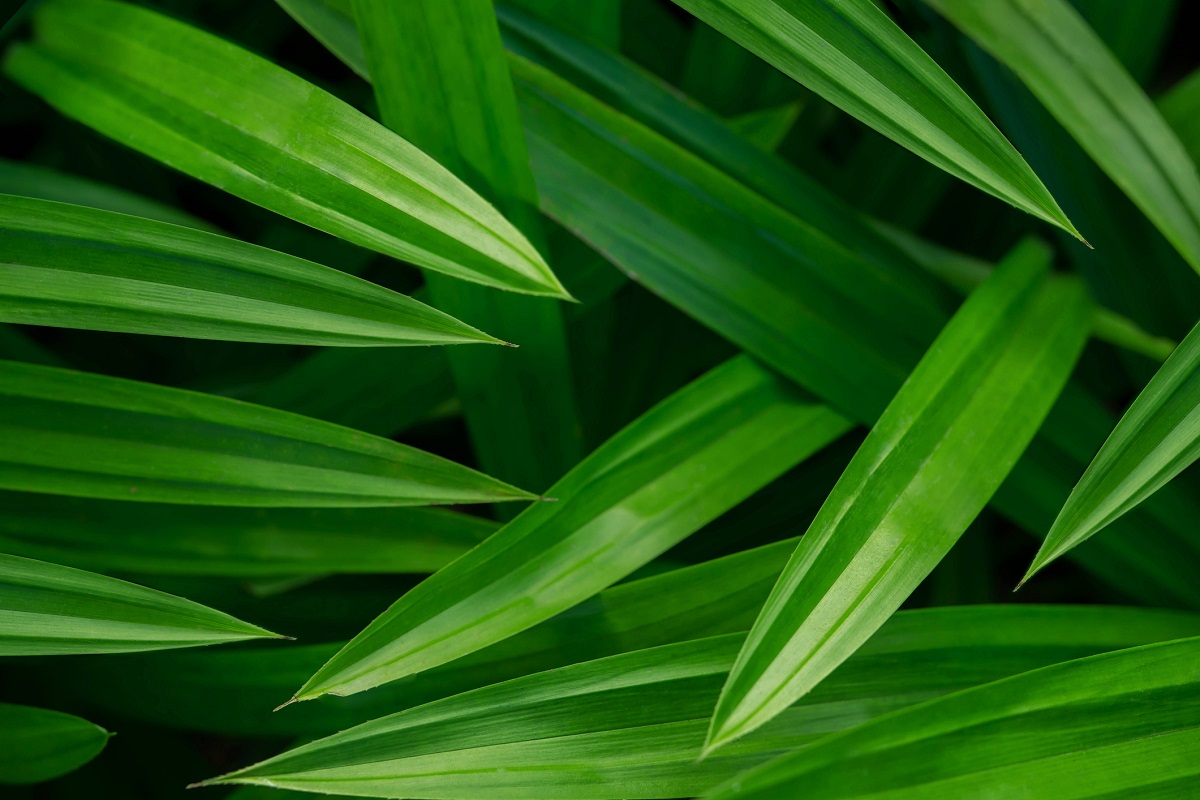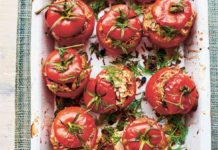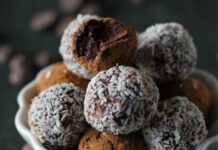Step away from the avocados – from now on you’ll be wanting to pop pandan in your shopping trolley instead. According to the food writer Nigella Lawson: “It’s going to be the new matcha.”
What is pandan?
Pandan leaves – bright green blades with spiky edges – come from the tropical ‘pandanus amaryllifolius’ (to call it by its proper plant name). It’s widely cultivated and used in South and East Asian cooking, and has been for centuries. So no, it’s not a newfangled creation, it’s just not fully made it West, yet…
What does pandan taste like?
Often called ‘Asia’s vanilla’, people also say pandan has a coconutty, citrusy, grassy tang to it. It can be both sweet and refreshing, depending how you use it. Really, you’ve got to try it to ‘get it’.
How do you cook with pandan?
It’s less about munching on the woody leaves, and more about using the aroma of them to flavour and infuse other items, like ice cream, rice, sweet sauces, custards and curries. Anywhere you’d like a hint of vanilla, chuck in a pandan leaf, or a drop of pandan essence. The essence tastes great mixed into pancakes and cake batter, or turned into jelly, and leaves everything tinged a zingy green.
McCormick pandan extract is available to buy on Amazon.
You can also stir pandan paste through coconut milk and add it to stews, while the leaves are often used to parcel up fish before being steaming, and wrapped around chicken to be baked. You can buy this pandan leaf extract powder on Amazon.
You may also be interested in…
This article may include affiliate links to products and services where we may receive a small fee to support the running of this site if you make a purchase or is a sponsored article from one of our select editorial partners providing valuable advice and information to our readers.


































































